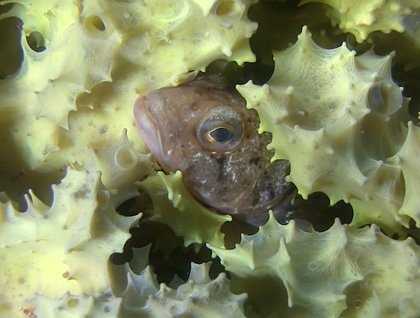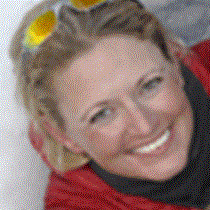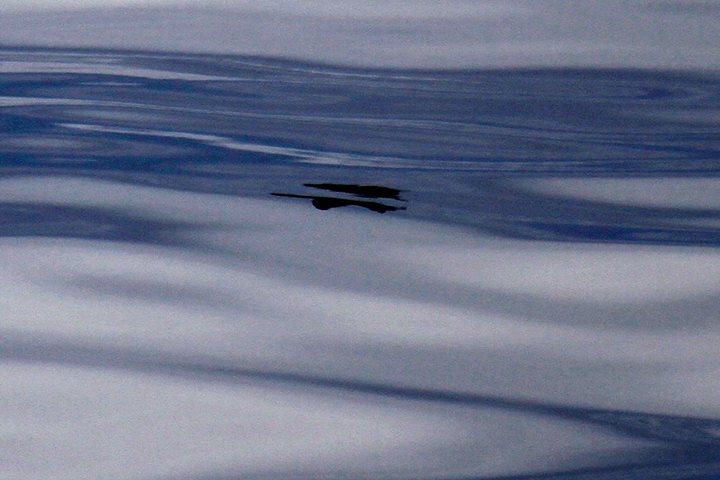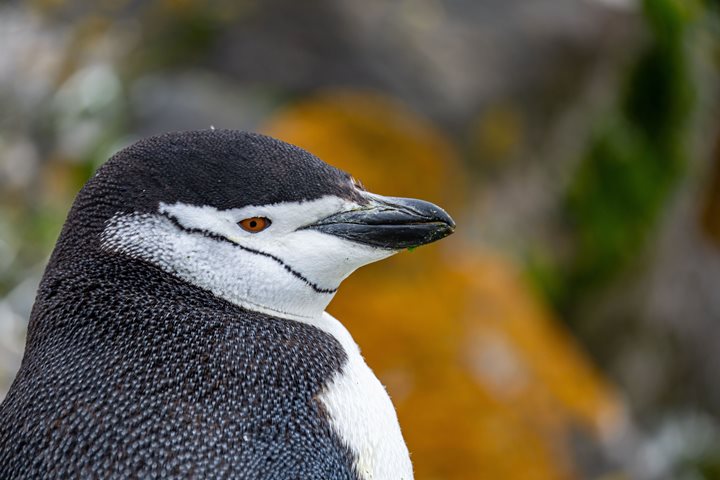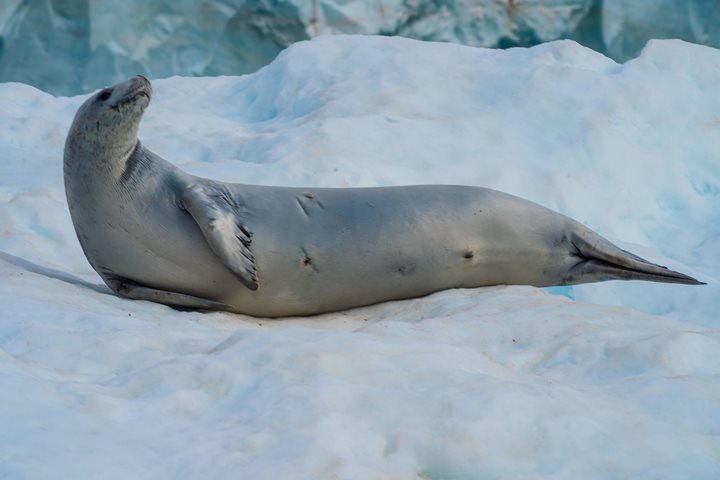Last night we began our transit across the Drake Passage: we will be at sea for the next two days, and whilst we will not be taking excursions off National Geographic Explorer, we certainly will not be sitting still. Our days at sea are filled with lectures from our natural history/guest speaking staff, closing the loop on the staggering amount of information we have received over the last eight days. Our down time is spent downloading photographs or video, trying to sort through the thousands of photos and hours of video we have taken: thankfully our photo team is on hand to lend advice or assist with processing. We are not alone on the ocean, followed by a host of seabirds, we can only gaze in awe as the magnificent wandering albatross soars by the ship.
The ocean on which we are sailing is one of the richest in the world and one of the least studied. It supplies the nutrients for every single species of bird or mammal in Antarctica. It is incredibly diverse and complicated, yet at the same time can be whittled down to a very simple process: sea ice creates a breeding ground for diatoms, diatoms feed the krill, and krill…. well krill feeds just about everything.
On this voyage to Antarctica we have had the opportunity to look below the surface of the Southern Ocean, and add another level of understanding as to how this ecosystem works. Using our ROV (Remotely Operated Vehicle) or an underwater video camera, the undersea specialist, along with some fantastic dive assistants, brings back pictures for all to enjoy in the comfort of the lounge during recap.
The benthic community of Antarctica is full of surprises: the creatures come in all shapes and sizes and in a rainbow of colors. Sea spiders roam the bottom looking for soft invertebrates on which to feed. Fish with no swim bladders sit hiding, hoping that no one will see them. A fun fact about fish in Antarctica: many of the fish species have a glycoprotein which acts as a type of anti-freeze in these below-freezing waters. This anti-freeze has been synthesized and is now being used in our ice cream to cut down on freezer burn.
Just one more day on board National Geographic Explorer. One more day on board to try and absorb as much about Antarctica as we possibly can; one more day to catch up with new friends; one more day to rest before heading back into “the real world.”

